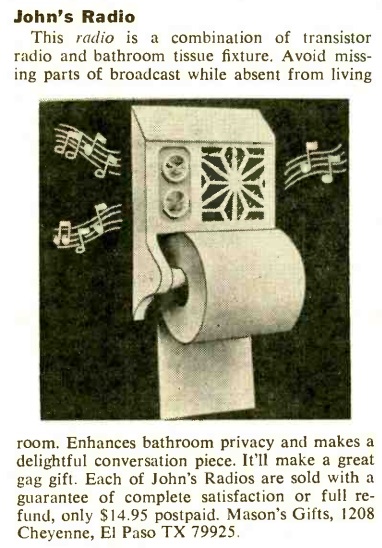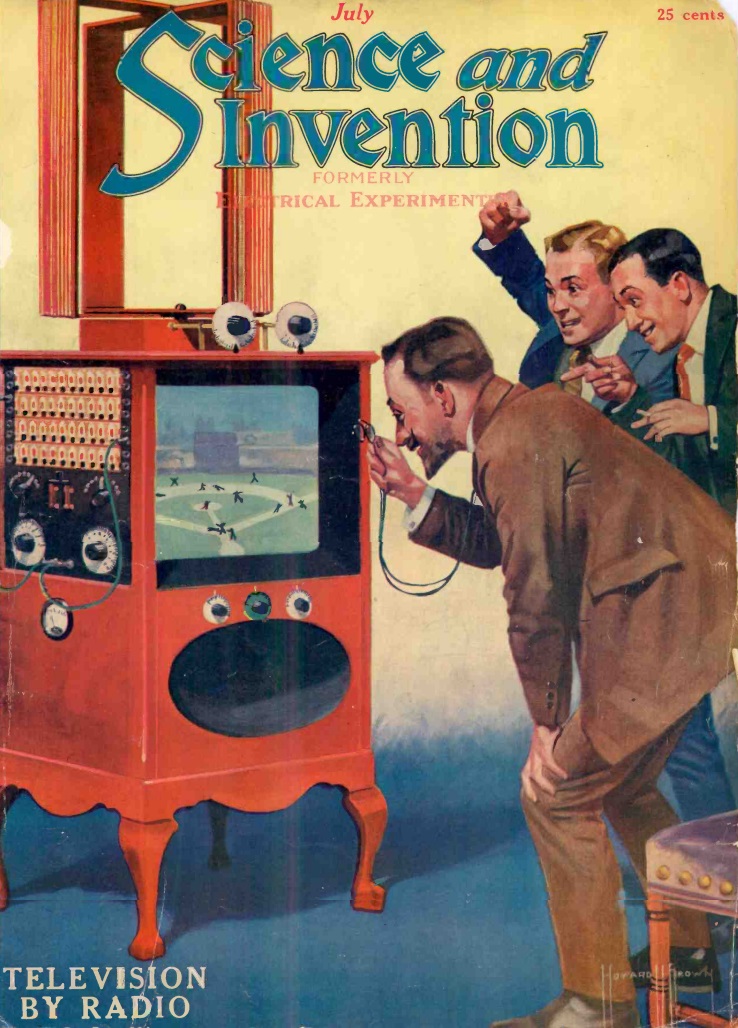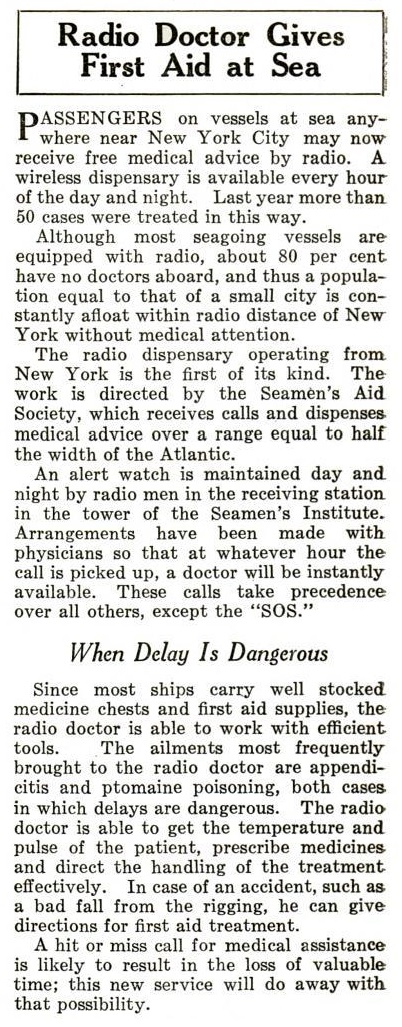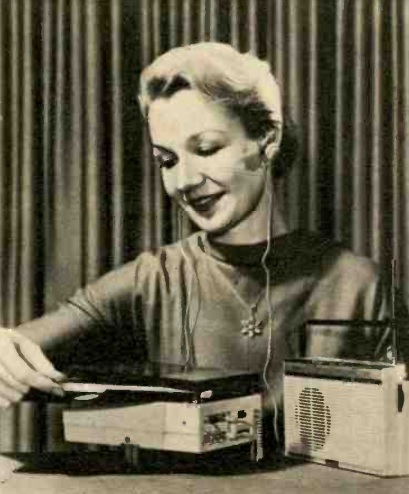 This iconic 70s product was announced 50 years ago this month, in the July 1972 issue of Elementary Electronics. The design is self-explanatory, as it simply combines an AM transistor radio (with a 9 volt battery inside, no doubt) with a toilet paper dispenser. As the article notes, if you need to absent yourself from the living room during a program, you’ll still be able to tune in. And the device also “enhances bathroom privacy,” which I assume means that you can turn up the volume to cover up any embarrassing noises.
This iconic 70s product was announced 50 years ago this month, in the July 1972 issue of Elementary Electronics. The design is self-explanatory, as it simply combines an AM transistor radio (with a 9 volt battery inside, no doubt) with a toilet paper dispenser. As the article notes, if you need to absent yourself from the living room during a program, you’ll still be able to tune in. And the device also “enhances bathroom privacy,” which I assume means that you can turn up the volume to cover up any embarrassing noises.
I saw these radios advertised, but since I wasn’t in charge of purchasing bathroom fixtures for my household, I was never able to take advantage of this good idea. And shockingly, it appears that they’re not made any more. The closest I’ve been able to find are the shower radios shown below. I’m sure these are much better radios than the 1972 version, and the main feature is their waterproof construction. But I’d still like one of the 1972 versions. If you order one of the sets below, since you’re placing an Amazon order anyway, you may as well order the big package of toilet paper, just in case there’s another supply chain problem. But unfortunately, you’ll need to use your existing holder.
The product was offered by Mason’s Gifts of El Paso Texas. Whoever Mason was, they were quite entrepreneurial. The address shown is a residential address, so apparently Mason got their hands on a bunch of these radios, and prevailed upon the magazine to offer this free advertising.
Some of the links on this site are affiliate links, meaning that this site earns a small commission if you make a purchase after clicking the link.
 Shown here are Harrison Faulkner, W1BSY, Bill Dean, W1RQ, and Ray Morrison, W1KON, set up at the Winchester Country Club in Massachusetts for Field Day 1947. The receiver is obviously a National HRO. Perhaps some of our eagle-eyed readers can identify the other gear shown here.
Shown here are Harrison Faulkner, W1BSY, Bill Dean, W1RQ, and Ray Morrison, W1KON, set up at the Winchester Country Club in Massachusetts for Field Day 1947. The receiver is obviously a National HRO. Perhaps some of our eagle-eyed readers can identify the other gear shown here.








